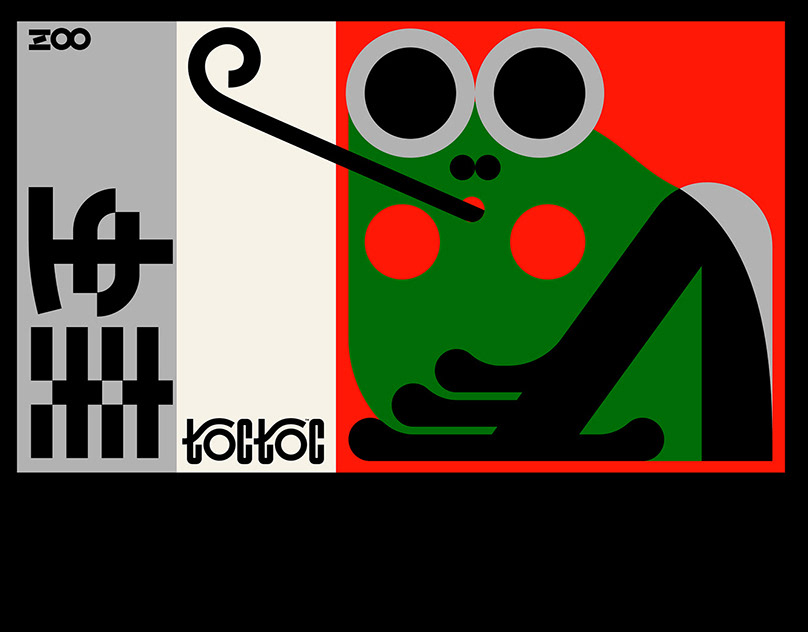
"If we do something over and over again, it becomes normal. If we see the same thing over and over again, it becomes normal”
- 'We should all be Feminists' by Chimamanda Adichie
What is the ‘moral of the story’?
A notion re-interpreted in this allegory,
It is perpetuated by childhood fairytales
And engrained in the Grimm details.
Cinderella, conforming to her curfew,
Ran back home on time to validate her virtue;
Snow White, taken in by the dwarfs to do house chores
Was strictly instructed not to venture outdoors.
Violated, Little Red only had herself to blame –
Being out so late alone surely brought her shame;
Rapunzel shouldn’t have let down her long hair –
She was banished because of her pre-marital affair.
Morals taught by the tales, and re-instated by our society:
Young ladies should appear with righteous sobriety;
Minimal mingling with boys – being mindful at all times,
And staying inside, or will be blamed for inviting all crimes.
I pendulated between the tales and our reality
To critique notions conditioned as normality
That judge girls’ dignity by such moralistic rules –
Restrictive and poisonous, they are now civic tools.

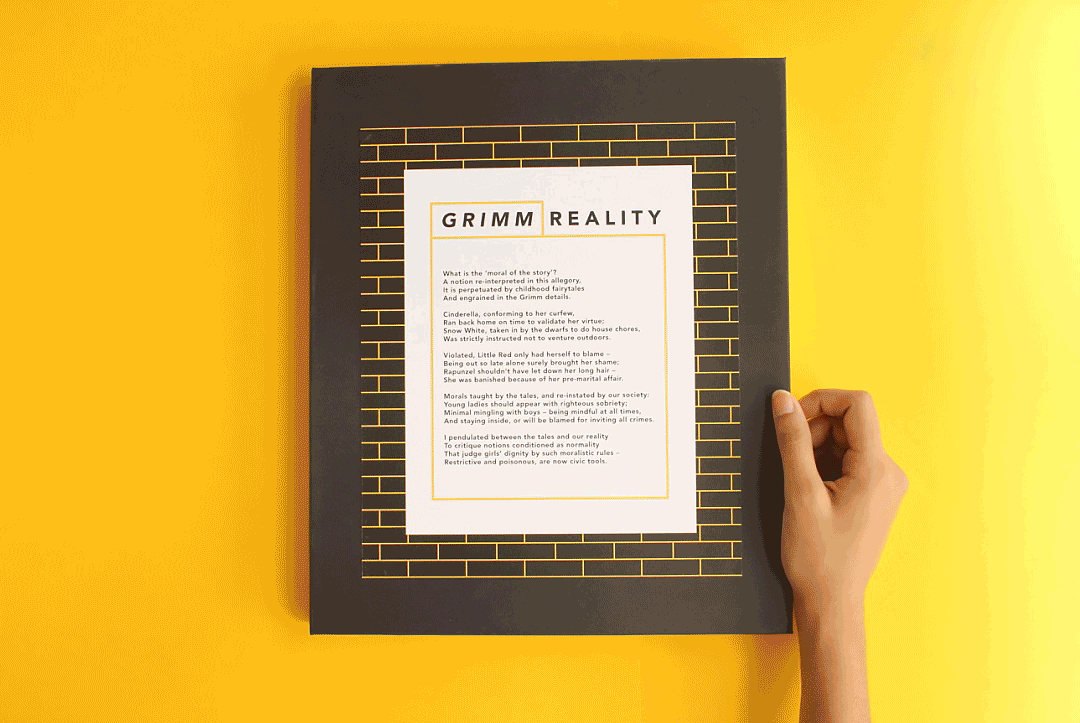
To re-interpret the four fairytales of Rapunzel, Cinderella, Snow White and Red Riding Hood (Grimms’ version: Little Red Cap) and see how similarities could be mapped out and if they could be, how synonymous would it be if placed in an Indian context.
Drawing parallels from the four fairytales, the project looks at how the good-natured cautionary advices have been amplified and played out in our society in a way that they have now become more restrictive and poisonous. While questioning how a matter of safety, discipline or responsibility suddenly becomes about being moralistic and whether a girl deserved to get into trouble for not following these ‘rules’, the idea was to see how they are now causing more harm than good.

The intention of the project is to comment on these notions and how they become excuses to acutely criticise girls for not following them and subvert the real issue – it is not always the girls who are at fault – it is the wolf, the assaulter, the sexual predator.

The project culminated as an unbound publication coming together in a clamshell box encasing 7 individual artworks that are based on at least one of the four fairytales and is correlated to an incident/statement made. Each artwork is dynamic and adds to the narrative when interacted with (much like Being Censitive - my project on censorship).
Too much interaction with any lad
Will get you into trouble that is quite bad.
Do not breach your moral contract –
Keep a check on how much you interact.
Stay indoors. Stay inside the house –
Do chores and take good care of your spouse –
Do not aim for anything more, anything majestic –
A woman’s place is inside, taking care of the domestic.
The use of lipstick, powder and other cosmetics,
Can get some people to turn really rather frantic;
This is how you confirm your righteous adherence –
Be fully clothed and mind your appearance.

1. “A girl is far more responsible for rape than a boy”
In the fairytale ‘Little Red Cap’ (Grimm’s version of ‘The Red Riding Hood’) The wolf symbolises the sexual predator. Whatever time of the day it might be, the blame always shifts towards the girl and never the assaulter.



The mechanism of the clock is such that it opens up to show that each time slot has a statement written that puts the blame on the girl.
The statements taken are a documentation of various kinds of statements made by people on different occasions.
2. “Housework and Housekeeping is meant for girls, not roaming in discos at night doing wrong things, wearing wrong clothes.”
Snow White was taken in by the dwarfs only on the condition that she has to cook, clean, sew, make their beds and tend to the house while they went out to work.

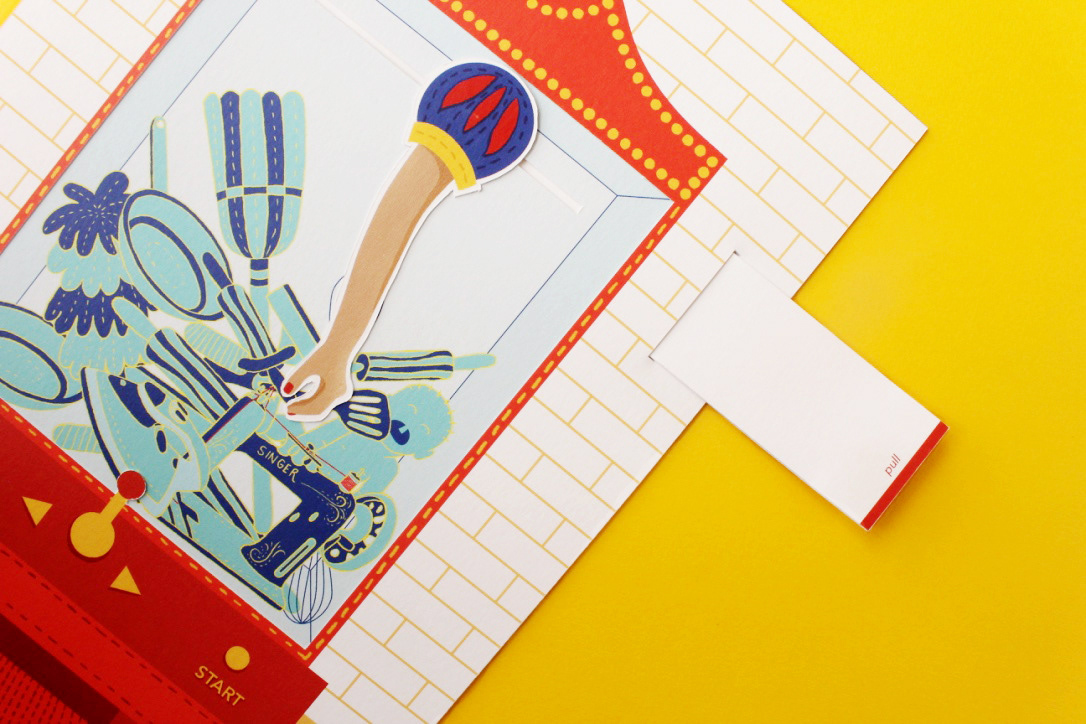
The bear claw arcade game is filled with various housekeeping objects that a woman is supposed to take care of. If she ever plays such a game, she only has the option to pick from these duties.
3. “If you keep sweets on the streets, dogs will come and lick them.”
In the fairytale, it is implied that the Little Red Riding Hood got into trouble because she strayed her path, went out late into the night and spoke to a stranger. The blame rested on her and not the assaulter.


Sweets to the hounds or sugar to the ants?
4. “…Introduce overcoats for girl students. Our government is committed to ensuring safety of women especially for girl students.”
The red hooded overcoat in Red Riding Hood was meant to do the same. (It was also used as a symbol for her virginity)

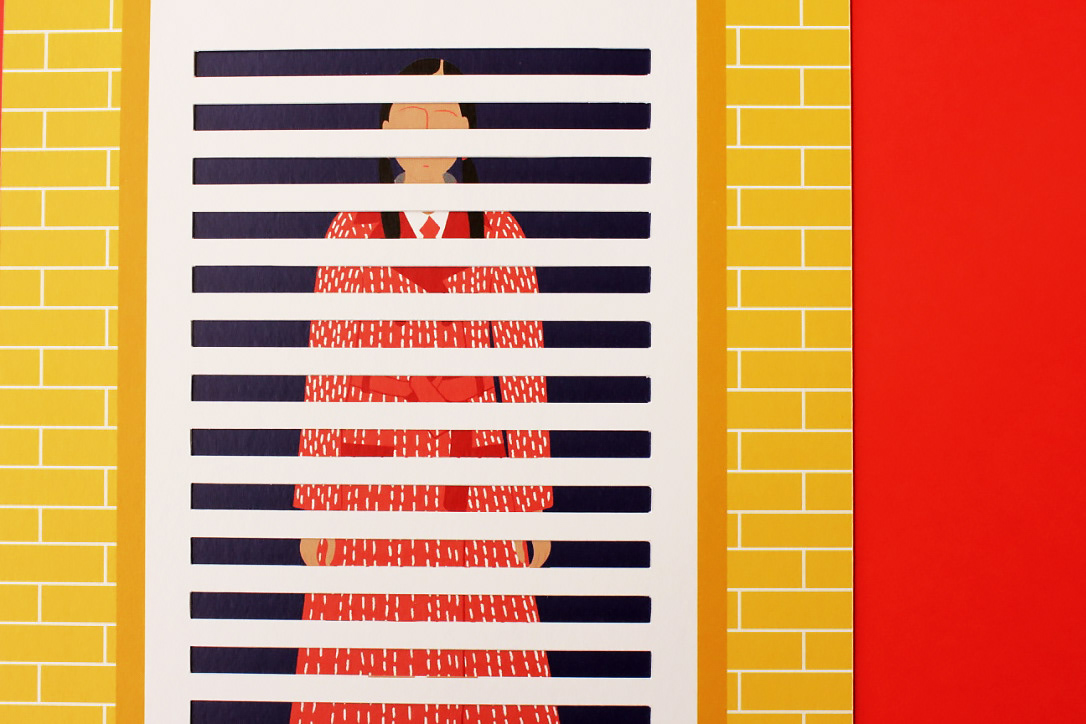
The blinds act as a protector, something that gives us privacy and shields us from other people’s gaze. Do overcoats or 'decent' clothes really do the same?
5. “What is the need for roaming at night with men who are not relatives? This should be stopped.”
In the fairytale, Rapunzel was banished and thrown out of the tower by her 'step' mother for having a pre-marital affair.
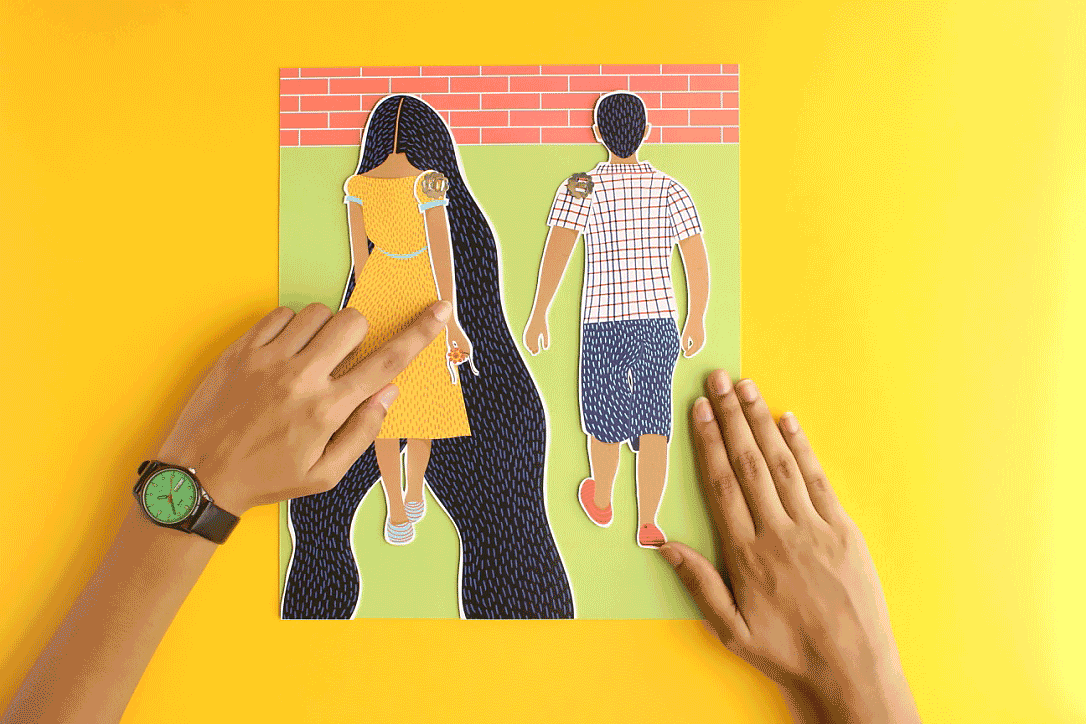

Will holding a rakhee keep the moral police at bay?
6. “If you are fully covered, nobody can disrespect you or hurt you.”


What does fully clothed really mean? What kind of clothes would ensure absolute safety?
7. “Some women wearing lipstick and powder have taken to the streets of Mumbai, and are abusing politicians, thus spreading dissatisfaction against democracy. This is what terrorists are doing in Jammu and Kashmir”


Is wearing make-up as provocative carrying arms?
“What is always needed in the appreciation of art, or life, is the larger perspective. Connections made, or at least attempted, where none existed before, the straining to encompass in one's glance at the varied world the common thread, the unifying theme through immense diversity, a fearlessness of growth, of search, of looking, that enlarges the private and the public world. And yet, in our particular society, it is the narrowed and narrowing view of life that often wins.”
'In Search of Our Mothers' Gardens: Womanist Prose' by Alice Walker












